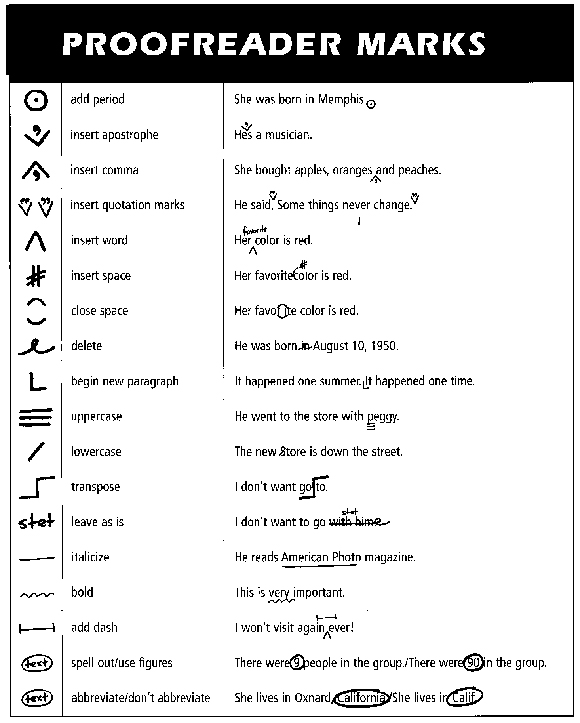|
Know the specific objectives of your mailing. What measurable results are you seeking?
When scanning a direct mail letter, almost everyone will read a headline placed above the salutation, the first paragraph, the signature, the P.S., and any underlined, bold-faced or otherwise highlighted text. But don’t overdo it, or type effects lose their punch.
Photographs make a greater impact on recipients than drawings or art and increase their recall of your message.
Make sure your main message is on the cover of your brochure or on the outside of your envelope. The majority of recipients never make it past these points and will miss your main message if it’s buried inside.
Always put captions under photos. Captions have significantly higher readership than body copy.
Keep body text no smaller than 10 or 11 point, depending on your typeface and your audience’s vision and reading ability—it will increase readership.
Testimonials are invaluable. They make your offering more believable to new prospects. Solicit testimonials through your direct mail, if possible, for future mailings.
Make the benefits to the recipient very clear. Aside from the benefits of your product or service, perhaps you can offer a money-back guarantee, a toll-free support line, a price break, a free sample or trial, favorable payment terms or a perk for acting now.
Every element of your direct mailer, from envelope to response card, should restate your offer as well as your contact information.
Creating a sense of urgency increases response. Offer a special price or prize for a quick response, or make it clear why it’s important for the recipient to help your cause now. Indicate that only a limited number of offers are available.
A reply card will increase your response, as will an 800 response number.
The best direct mail pieces are all about the recipient, not about you. This is not the place to talk about your organization’s history or brag about your product. You’re trying to elicit a response, not educate.
Experienced direct marketers have a magic cadre of words that increase response. These include: free, you, proven, safe, now, half-price, last chance, limited time only, announcing, easy, discover, guarantee, money, results, power(ful), immediately, exclusive, love, and learn.
Give a deadline, but one that allows for delays in mailing.
Work with a list broker to procure the perfect address list for your mailing. Contact the Direct Marketing Association at 212/768-7277 for a broker in your area. Lists are generally rented in lots of 1,000 names. For consumer lists, the cost is between $50 and $200. Business lists are usually more expensive.
To keep your mailing list clean, run it through the National Change of Address (NCOA) file. Call 800/707-2576 or see www.ncoa-processing.com for more information. You can also contact a non-USPS provider such as clean.list.com (800/454-0223).
What is your competition doing? Get on their mailing lists so that you can monitor their offers.
Schedule your mailings so they don’t get buried in the deluge of mail created by Christmas, Mother’s Day, and other holidays. The summer vacation season can also be a slow response period.
Hand-written notes, stickers, and other “personal touches” encourage action by conveying immediacy.
Run side-by-side tests of different variables—two different price points or two different formats, for instance—to random addresses in your mailing list to discover which pulls better. Only test one variable at a time, though, or you won’t know exactly which variable made a difference. Drop the two tests at the same time, or else timing will be introduced as another variable.
Before any direct mail piece is sent out, be sure you are ready to handle orders, payments, complaints, whatever.
Engage your recipient. Use stickers, scratch-off patches, and other devices that require the reader to complete—and therefore, spend more time with—the mailer.
Keep the math simple. Don’t make the recipient figure out special percentages for shipping, for example.
|






